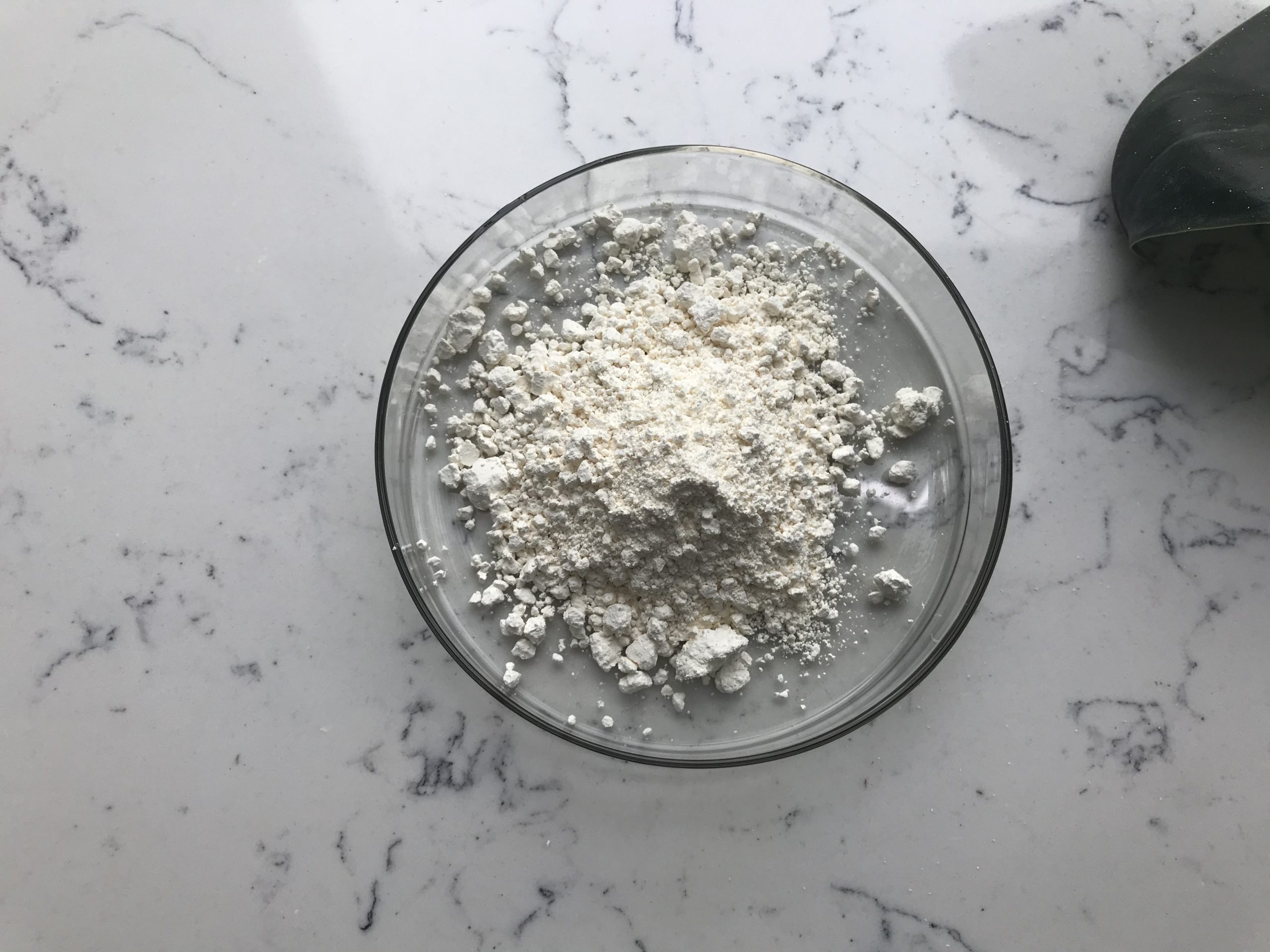Natamycin is a natural antifungal agent with a wide range of applications in the food industry and healthcare. It is produced by the bacterium Streptomyces natalensis and is commonly used as a food preservative to inhibit the growth of molds and yeasts. Here is a comprehensive study of natamycin, covering its properties, uses, safety, and potential future developments:
1.Chemical Structure and Properties:
- Natamycin is a polyene macrolide antibiotic.
- Its chemical formula is C33H47NO13, and it has a molecular weight of 665.7 g/mol.
- Natamycin is a white to slightly yellow, odorless, and tasteless powder.
- It is sparingly soluble in water but dissolves in some organic solvents.

2.Production:
- Natamycin is produced through fermentation by Streptomyces natalensis.
- The production process involves culturing the bacterium in a nutrient medium and extracting natamycin from the culture broth.
3.Applications:
- Food Industry: Natamycin is primarily used as a food preservative to prevent the growth of molds and yeasts in various food products, including cheese, baked goods, sausages, and beverages.
- Pharmaceuticals: It can be used topically to treat fungal infections, particularly in ophthalmic and dermatological applications.
- Agriculture: Natamycin has been explored as a biocontrol agent to prevent fungal diseases in crops.
4.Mechanism of Action:
- Natamycin disrupts fungal cell membranes by binding to ergosterol, a component found in fungal cell walls. This disrupts the integrity of the membrane and leads to cell death.
5.Safety:
- Natamycin is generally recognized as safe (GRAS) by the U.S. Food and Drug Administration (FDA) for its use as a food preservative.
- It has low toxicity to humans when consumed at recommended levels in food.
- Allergic reactions to natamycin are rare but possible.
6.Regulatory Status:
- Natamycin is approved for use as a food preservative in many countries, including the United States and the European Union.
- Specific regulations may vary by jurisdiction, including permitted usage levels.
7.Future Developments:
- Researchers are exploring new applications for natamycin, including its potential as an antifungal agent in medical devices and as a natural alternative to synthetic preservatives in cosmetics and personal care products.
- There is ongoing research to optimize natamycin production processes and increase its cost-effectiveness.
In conclusion, natamycin is a valuable natural antifungal agent with a well-established role in food preservation and potential applications in healthcare and agriculture. Its safety profile and efficacy make it a versatile tool for controlling fungal growth in various industries. Ongoing research may reveal new uses and production methods for this compound, further expanding its utility.
